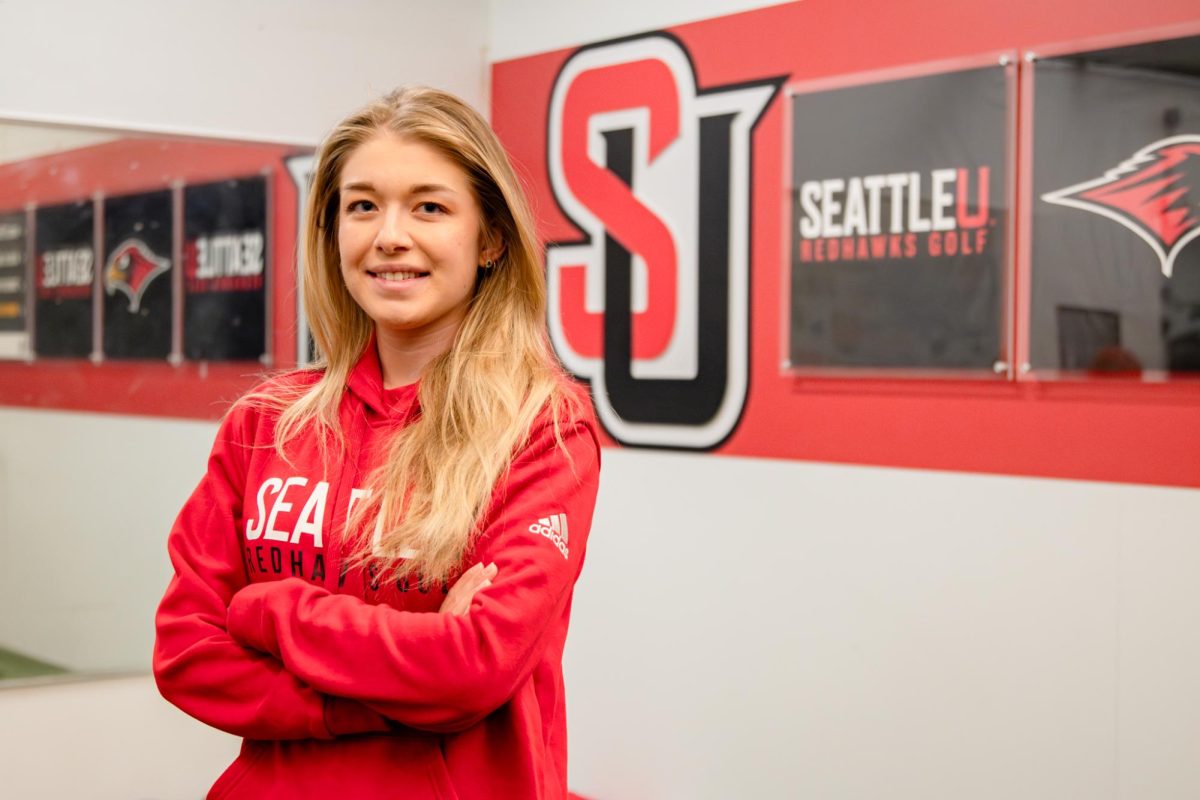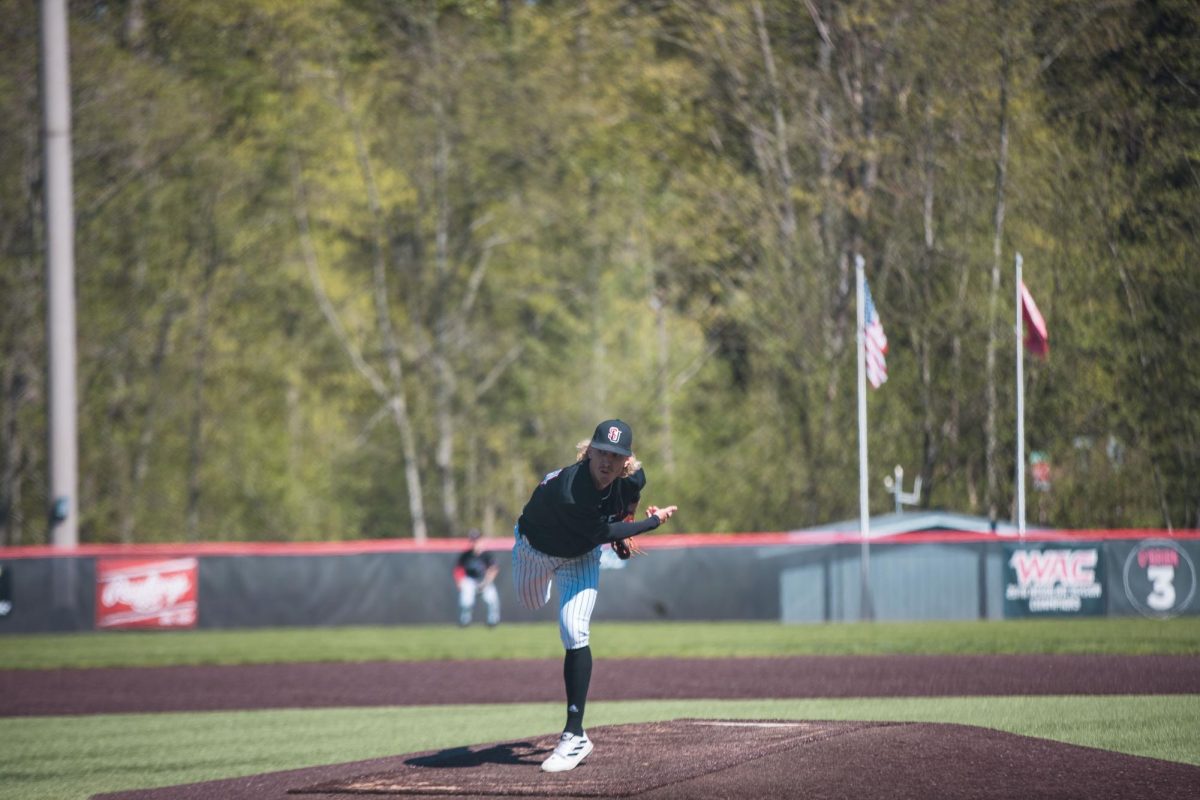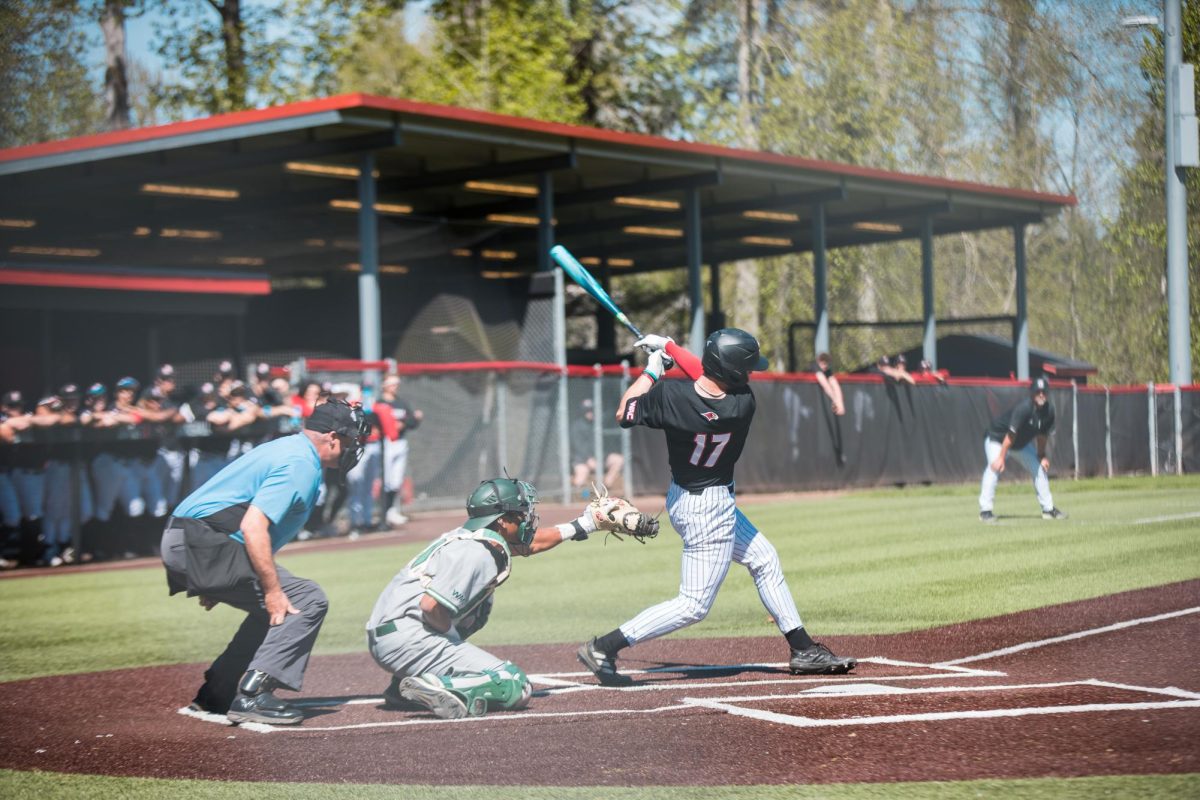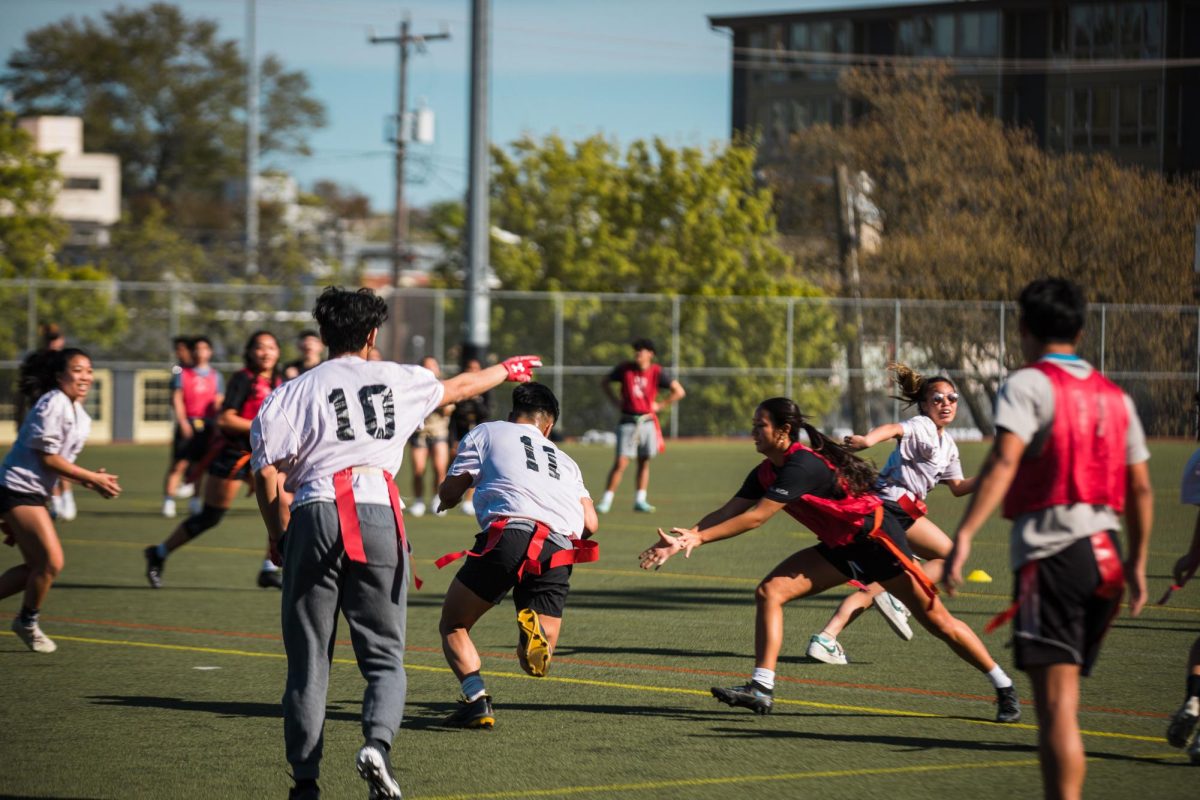Talk of and debate over the exploitation of college athleticism started as just a low murmur in the early ‘90s, but it has grown into a howling scream today. College athletes are demanding that harsher regulations be put in place to protect them from the NCAA. Players are coming together, recognizing their role as an integral part of their university’s revenue and will not stop until their voices are heard.
Earlier this year, football players at Northwestern University fought for and won the right to unionize and collectively bargain before the National Labor Relations Board, which in its decision made it clear that it had determined that the athletes were employees first, students second. The distinction is important, and many legal analysts now say that the decision (which currently only applies to Northwestern’s football players) could be expanded to other areas if a similar determination is made. The ability of players to unionize and collectively bargain may be an early step in them actually earning payment for their performance on the field, a far cry from the current situation under the NCAA.
Across the country, a massive media campaign continues to wage over the appropriathe media is calling him “the most dangerous man in college sports.” The starting quarterback, Kain Colter, at Northwestern has set out to ensure that the next generation of college athletes won’t be nameless players funneled through the system that is college athletics. He decries the poor education received by many students who, he argues, as compelled to spend far more time practicing than learning.
“There’s no way around [it], [football] is a “job,” Colter said.
As the situation stands currently during the team’s training season in August, players commit to 50-60 hour weeks then 40-50 hours weekly in the fall during regular season and even 20-25 hours weekly in the spring.
According to Colter, scholarship players’ rigorous practice schedule commandeers so much of their time that athletics take precedence over schoolwork and classes. He testified that scholarship players were not permitted to miss football practice during the regular season if they had a class conflict and were forbidden by their coaches to take courses that begin before 11:00 a.m. as they would conflict with practice.
Fitzgerald went on to specifically state that he never forbid any player from leaving practice early for the reason of a class conflict. This is a direct contraction to an earlier testimony made by Colter where he stated that “those players receiving scholarships were not permitted to miss football practice during the regular season if they had a class conflict,” as is stated on in NLRB decision.
Fitzgerald’s initial statement may be true, but only in regards to the team’s walk-on players.
Seattle U law professor Charlotte Garden spoke to the issue at hand, “It’s not an obvious decision that the plaintiffs are employees. It’s a tough issue but I think that the judge’s decision was well-reasoned.”
Ben Peacock, a sophomore p planning to study sports journalism spoke to the NCAA’s history of controversy when he said, “I think that in the case of the larger sports, like basketball and football, especially, they’re making hundreds of millions of dollars in revenue and the cost of educating one player is around $16,000. It’s not a fair return based on what they players are giving to their schools […]I don’t have a lot of faith in the NCAA. I think they’re a terrible organization. They’re very exploitative.”
Shelby Farizier also had qualms with the NCAA. “The NCAA has never been so commercialized. Playing as a student versus playing professionally is becoming less and less distinguishable. I think the players should be called employees.”
But those who rule the NCAA are quick to defend their current form of governance. NCAA president Mark Emmert said at a Final Four news conference, “To be perfectly frank, the notion of using a union employee model to address the challenges that do exist in intercollegiate athletics is something that strikes most people as a grossly inappropriate solution to the problems… It would blow up everything about the collegiate model of athletics.”










![The 2024 NBA Playoffs’ Best Moment May Be the First Round [Opinion]](https://seattlespectator.com/wp-content/uploads/2024/04/NBAPlayoffWeb-1200x791.jpg)
